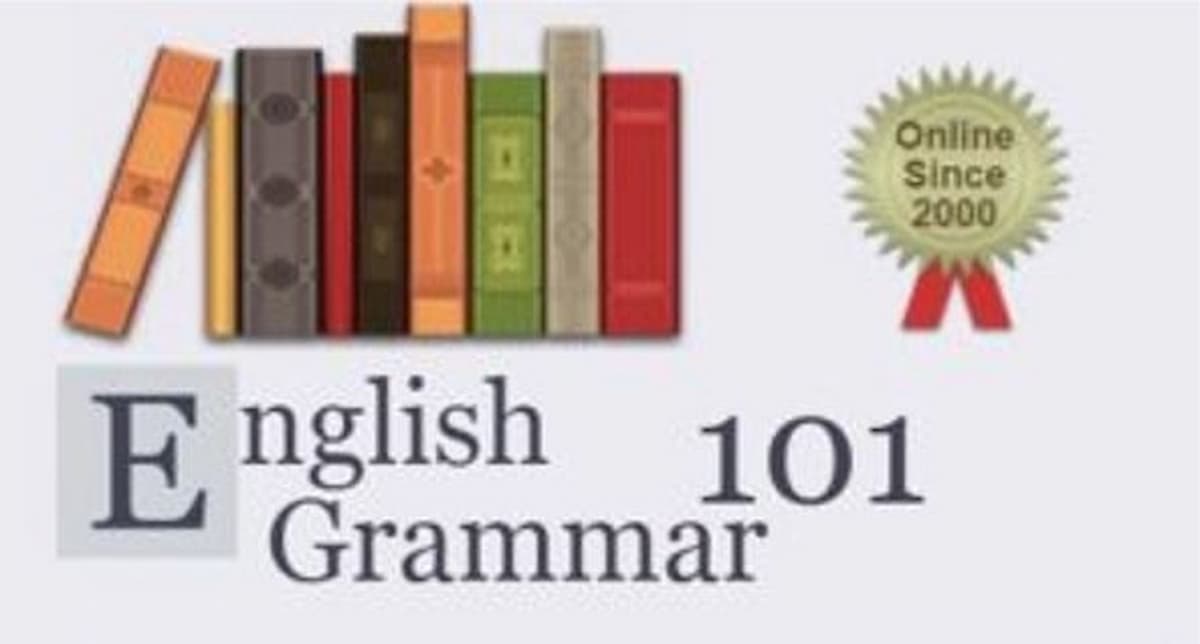
As a middle school English/Language Arts teacher, you understand the importance of teaching grammar to enhance your students’ writing and communication skills. While grammar lessons may seem daunting to some students, integrating them within the context of literature can make the learning experience more enjoyable and meaningful. Let’s review some effective strategies and creative lesson ideas to teach grammar while using the context of literature which can foster a deeper appreciation for both language and storytelling.
Literature holds the key to engaging students. Choose a captivating piece of literature that aligns with the students’ interests and grade level. Whether it’s a classic novel, a short story, or a poem, literature brings language to life and provides real-world examples of grammar in context. Discuss the plot and characters of the chosen literary work with enthusiasm. Create anticipation for the grammar lesson by connecting your lessons to the context of the story.
Identifying Grammar in Action:
Encourage students to actively identify grammar elements while reading the literature. Prompt them to look for sentence structures, verb tenses, pronouns, and other grammatical components you’re studying that contribute to the story’s flow and meaning. This is also a great time to initiate a class discussion on how grammar choices can affect the tone, mood, and characterization within the literature. Analyzing grammar in context fosters critical thinking and develops students’ ability to apply grammar rules practically.
Character Dialogue Analysis:
Explore character dialogue to teach grammar concepts such as punctuation, dialogue tags, and indirect speech. Use excerpts from the literature to show how authors use grammar to convey characters’ emotions and personality traits. Ask students to rewrite or extend dialogues to practice proper punctuation and formatting. This hands-on approach allows them to explore the nuances of grammar through character interactions.
Grammar Scavenger Hunt:
Create a grammar scavenger hunt using lines from the literature. Provide students with a list of grammar concepts they must find, such as verb tenses, subject-verb agreement, or adjectives. This interactive activity instills excitement and competition among students as they search for grammar elements in the text. The scavenger hunt encourages attentive reading and reinforces grammar awareness.
Grammar in Poetry:
Explore the use of grammar in poetry to teach poetic devices, rhythm, and meter. Analyze poems from the literature to identify grammar patterns that contribute to the poem’s artistic expression. Use visual aids and multimedia presentations to showcase the connection between grammar and poetic elements. This approach makes poetry more approachable and helps students appreciate the power of grammar in artistic writing.
Teaching grammar within the context of literature presents a unique opportunity for middle school English/Language Arts teachers to engage their students in an exciting and meaningful learning experience. By incorporating literature into grammar lessons, you create a bridge between language rules and storytelling, fostering a deeper understanding and appreciation for both. Empower your students with creative strategies and interactive lesson ideas, and watch as they embrace grammar with enthusiasm, becoming more confident writers and critical thinkers in the process.
Read More

English Grammar 101 Alternatives

When You Ask for Analysis but You Get Summary Instead

Establishing Confident Writers Through Creativity and Self-Expression

Brainstorming Through Writer’s Block

Four Steps to Teaching Your Students Adverbs

How to Fire Your Internal Critic

What Just 10 Minutes of Daily Journaling Can Do for Student Writing


